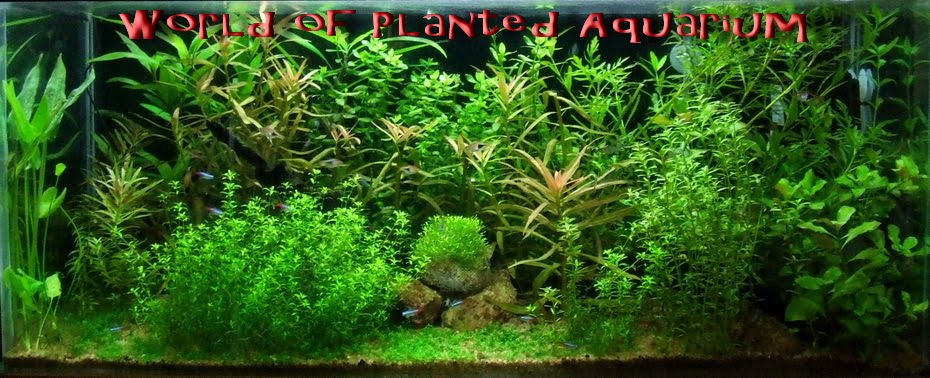Different types of substrate for a planted aquarium
>> Friday, July 10, 2009

Pea gravel
The most common form of aquarium gravel is called pea gravel, due to its smooth, rounded appearance. Pea gravel is available in a number of different grades, although only the smaller grades should be used as a main substrate. Although pea gravel is generally inert, it does contain some rock types that may affect the hardness of the water. Aquatic plants will not benefit much from pea gravel, except as a rooting substrate.
Quartz gravel
Quartz is a completely inert substrate and ideal as a main rooting medium and/or top layer for the planted aquarium. Quartz gravel is often sold
Sand as a substrate
Sand Fine-grade sand can cause problems if used as the sole substrate in an aquarium. Over time it will compact, preventing water movement and causing anaerobic conditions, which result in stagnation and the release of toxins. Stirring the sand gently and regularly will prevent this problem, although most plants do not appreciate constant' disturbance. However, due to its small size, sand is very effective at distributing heat in a localized area, such as around a heating cable. If the sand layer is not too deep (about 1.6 in/4 cm), convection currents from a heating cable will ensure a small amount of water movement through the substrate, allowing useful anaerobic conditions to develop without stagnation. When using sand, be sure to choose a completely inert form. Many commercial sands contain traces of lime or calcareous materials, although most of the products sold by aquatic retailers are safe. Silver sand is commonly available and suitable for the aquarium.
Laterite/clay substrates
Clay-based substrates, often called laterite, are usually available as a substrate additive, reflecting the fact that only a small amount is needed. These substrate additives are usually very fine, sometimes even powdery, and reddish colored. They release a number of nutrients, including iron, over a long period. Clay-based substrates are best used as a layer toward the bottom third of the substrate or mixed in with the lower half of the main substrate. This is where the fine roots absorb the nutrients.
Nutrient-rich substrates
Certain planting substrates are specifically designed for aquarium plants. Most of these substrates are laterite-based but contain additional organic and mineral materials that release a number of nutrients over long periods of time. Special planting substrates are available as additives and as main substrates. Use additives in small quantities, either as a thin layer or mixed with the main substrate.
Soil-based substrate
Generally speaking, beginners should avoid using soil in the aquarium, as results can vary wildly. However, more experienced aquarists find that soil can be one of the best long-term planting substrates. It contains large amounts of carbon and iron, both readily used by aquatic plants, as well as a number of other nutrients that are slowly released or retained by the soil. If you do decide to use soil, a 1-1.5 in (2.5-3.75 cm) layer of soil used as a base layer and main substrate, topped with 1 in (2.5 cm) of fine gravel, will suit most aquariums. The safest strategy is to use only sterilized potting mixture - not garden soil - to prevent contamination.
Due to the breakdown of organic matter within the soil, low levels of C02 are constantly released. In many planted aquariums with a soil substrate, additional C02 fertilization is not needed and neither are additional substrates or iron fertilization.
During the first few weeks of soil use, the aquarium may experience a high release of nutrients and organic matter.



0 comments:
Post a Comment